Reasons why the female casts in Naruto seems pale in comparison to its other Big Three rivals (One piece, Bleach)
The portrayal of female characters in Naruto, especially when compared to One Piece and Bleach—the other two members of the “Big Three” of shonen anime/manga—has often been criticized for several reasons. Below is a detailed breakdown on why the female cast in Naruto is often seen as pale (in terms of personality and narrative presence) and useless (underutilized or underpowered) compared to its rivals.
🔹 1. Narrative Neglect & Lack of Character Development
- Sakura Haruno, the main female protagonist, starts off with potential but is often reduced to comic relief or emotional support, especially in Part 1.
- While she is given a power-up during the Shippuden arc (learning medical ninjutsu from Tsunade and improving strength), she is rarely involved in major battles or strategic decisions.
- Other female characters like Ino, Tenten, and Hinata receive little screen time or meaningful development.
- Their character arcs are often subordinated to their relationships with male characters (e.g., Hinata’s entire arc revolving around Naruto).
Contrast:
- In Bleach, characters like Rukia, Yoruichi, and Nel are powerful and have distinct, impactful arcs.
- In One Piece, Nami and Robin are integral to the Straw Hat crew, with unique abilities and rich backstories that feed directly into the main plot.
🔹 2. Sidelining During Major Arcs
- During major events like the Fourth Great Ninja War, most female characters are kept off the front lines or are given minor roles (e.g., healing or cheering from the sidelines).
- Sakura is the only exception in some capacity, but even she is overshadowed by Naruto, Sasuke, and Kakashi.
- Even the villainous female characters (Konan, Kaguya) are not given much narrative depth or strategic intelligence.
Contrast:
- In One Piece, even secondary female characters (like Boa Hancock, Big Mom, or Yamato) have huge roles in battle and story.
- Bleach often shows women like Soi Fon or Unohana in command roles, capable of holding their own in battle.
🔹 3. Stereotypical Gender Roles
- Naruto frequently reinforces traditional gender stereotypes:
- Women are often shown as healers, caretakers, or romantic interests.
- Men do the fighting, leading, and transforming the world.
- Emotional arcs of women revolve largely around love interests, jealousy, or family.
Contrast:
- Bleach allows Rukia and Orihime to evolve independently of Ichigo.
- One Piece gives Nami and Robin goals unrelated to romance (navigation and archaeology), and their loyalty stems from shared dreams rather than love.
🔹 4. Poor Power Scaling for Women
- Male characters in Naruto go through absurdly high power-ups (e.g., Six Paths Sage Mode, Susanoo, etc.), while female characters barely progress after mid-series.
- Even Tsunade, one of the Legendary Sannin, is considered the weakest among them.
- Tenten, despite being a weapons specialist, is never shown using the tools of the Sage of Six Paths effectively—despite technically obtaining them.
Contrast:
- Bleach’s women (e.g., Unohana or Retsu) have Bankai and rich power lore.
- One Piece female characters keep pace with the crew’s power growth (Nami gets Zeus, Robin develops combat abilities).
🔹 5. Creator’s Bias
- Masashi Kishimoto himself admitted in interviews that he had difficulty writing female characters and often found it easier to write male dynamics.
- This shows in the manga’s structure: women rarely drive the plot or are shown in mentor, antagonist, or leadership roles with the same intensity as men.
Compare:
- Eiichiro Oda has occasionally been criticized for fanservice, but his women have diverse powers and agency.
- Tite Kubo has shown a flair for giving women strong backstories and unique fighting styles.
🔹 6. Wasted Potential
- Characters like Anko, Kurenai, Temari, and Konan had unique designs and interesting setups but were never given proper arcs or development.
- Kaguya, the literal final boss, was introduced late and had little motivation or screen time—wasting what could have been a rich female antagonist.
Summary Table: Female Cast Comparison
| Criteria | Naruto | One Piece | Bleach |
|---|---|---|---|
| Main Female Role | Healer, love interest | Navigator, archaeologist, fighter | Soul Reaper, combatant, support |
| Power Scaling | Weak growth, support-based | Growth consistent with crew | Bankai-capable, unique powers |
| Narrative Relevance | Mostly side characters | Plot-integral | Mix of central and side relevance |
| Emotional Depth | Love-focused | Dream and trauma-focused | Guilt, duty, trauma-driven |
| Leadership Roles | Rare (Tsunade exception) | Common (Big Mom, Hancock) | Multiple captains & mentors |
| Antagonistic Power | Low narrative depth (e.g., Kaguya) | Strong arcs (e.g., Big Mom) | Developed villains (e.g., Harribel) |
Conclusion
The female cast in Naruto feels pale and underwhelming because of a combination of weak narrative presence, lack of power scaling, over-reliance on stereotypes, and creator limitations. While One Piece and Bleach have their flaws too, they generally provide more balanced, respectful, and powerful portrayals of their female characters—giving them real stakes in the story rather than relegating them to the background.
💭 What’s your opinion on why the female cast in Naruto seems pale in comparison to others? Make sure to share your thoughts on the comments below.
Image credit Studio Pierrot
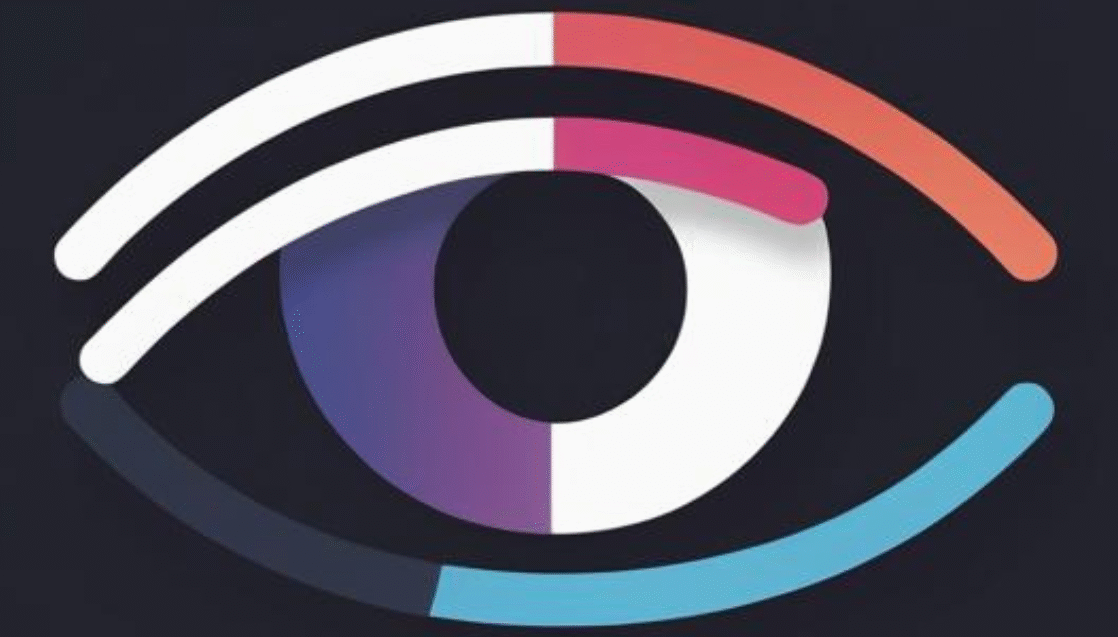

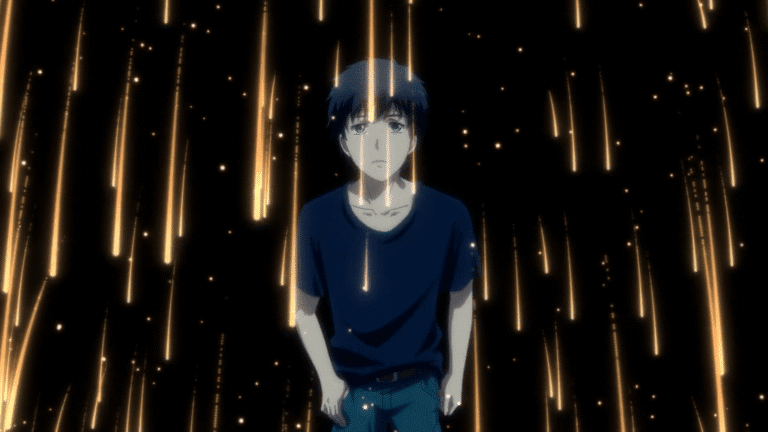
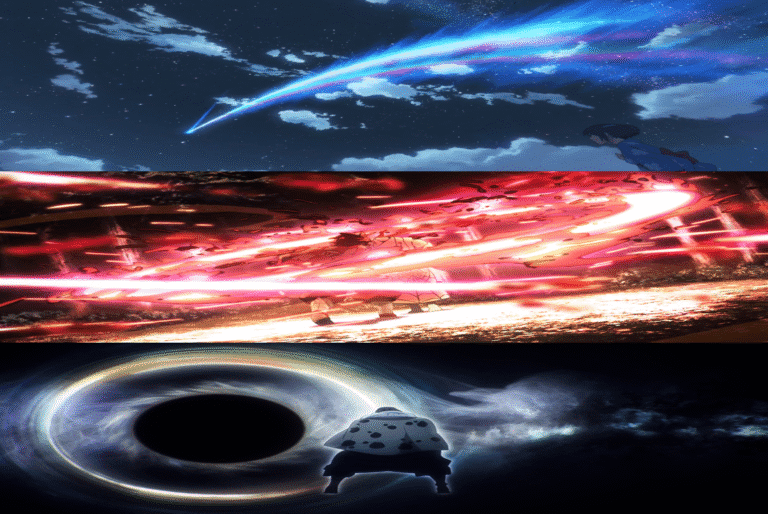
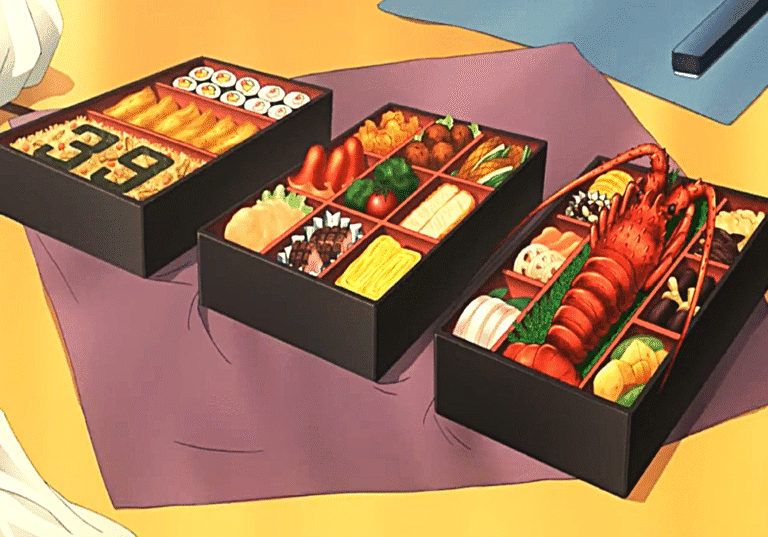
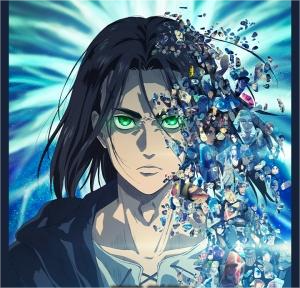
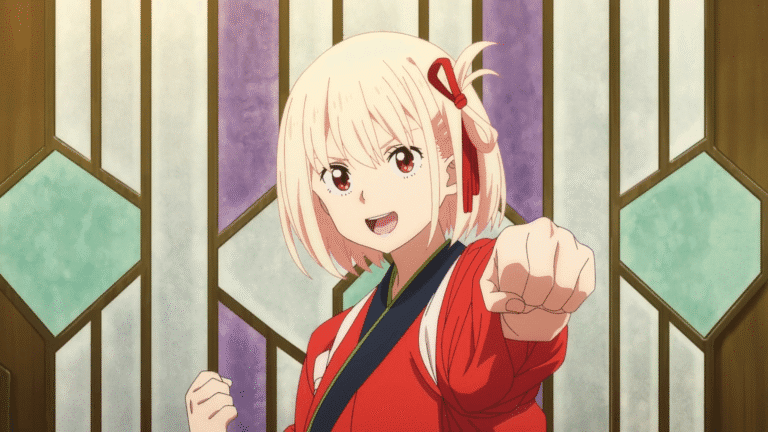
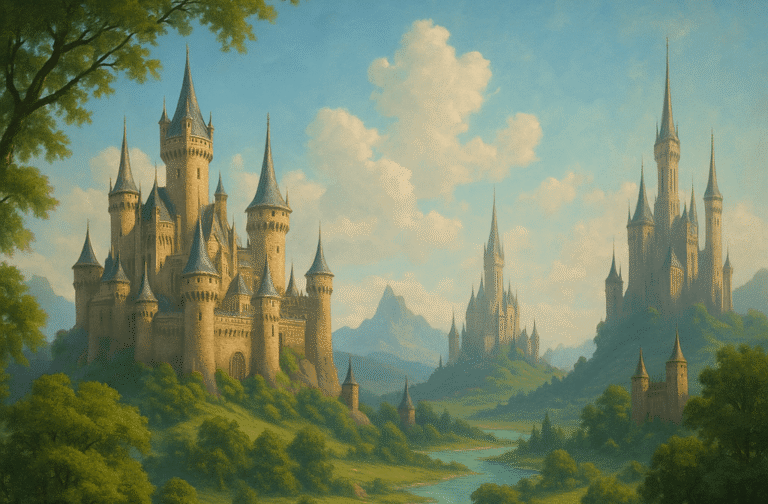
Yes